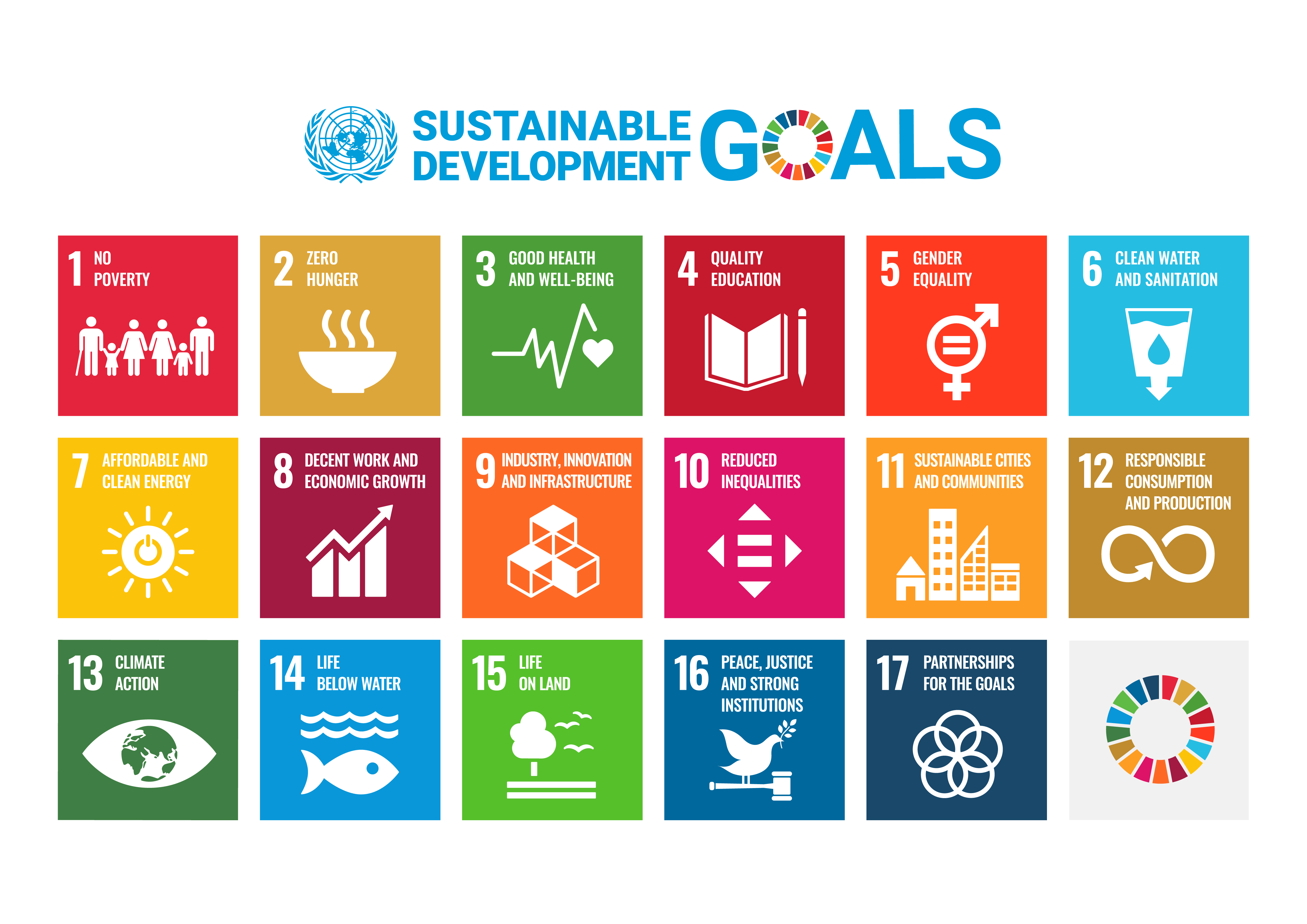The United Nations has unparalleled global reach: Its ability to operate and reach people around the world has long made it a preferred forum for hashing out and putting in motion solutions to challenges that reach across national borders.
Smallpox, for example, was eradicated more than 40 years ago because Member States, with leadership from the World Health Organization, made ending the deadly virus a priority.
In 2015, Member States came together at the UN in pursuit of another ambitious but achievable objective: ending extreme poverty by 2030. The result of that process, the Sustainable Development Goals (SDGs), brought together national governments, civil society organizations, the private sector, religious leaders, and citizens from around the world to create a set of 17 goals to address shared challenges to international development. The SDGs encompass a full suite of issues most recognize as inhibiting progress toward ending extreme poverty. Among them: promoting good governance; ending preventable diseases like HIV/AIDS and malaria; improving access to education, food, and sanitation; preventing maternal deaths; mitigating and adapting to climate change; and ensuring gender equality.
Nearly eight years later, at the halfway point to 2030, there is broad recognition that progress toward reaching the SDGs has stalled. The challenges facing the global development agenda were exacerbated by the COVID-19 pandemic, which showcased in real time how a deadly virus can touch every part of society, increasing preventable deaths, gender-based violence, and unemployment in every sector. There is an urgent need to get back on track, and Heads of State will gather at UN Headquarters in New York in September 2023 to review implementation of the 2030 Agenda for Sustainable Development and the 17 SDGs.
